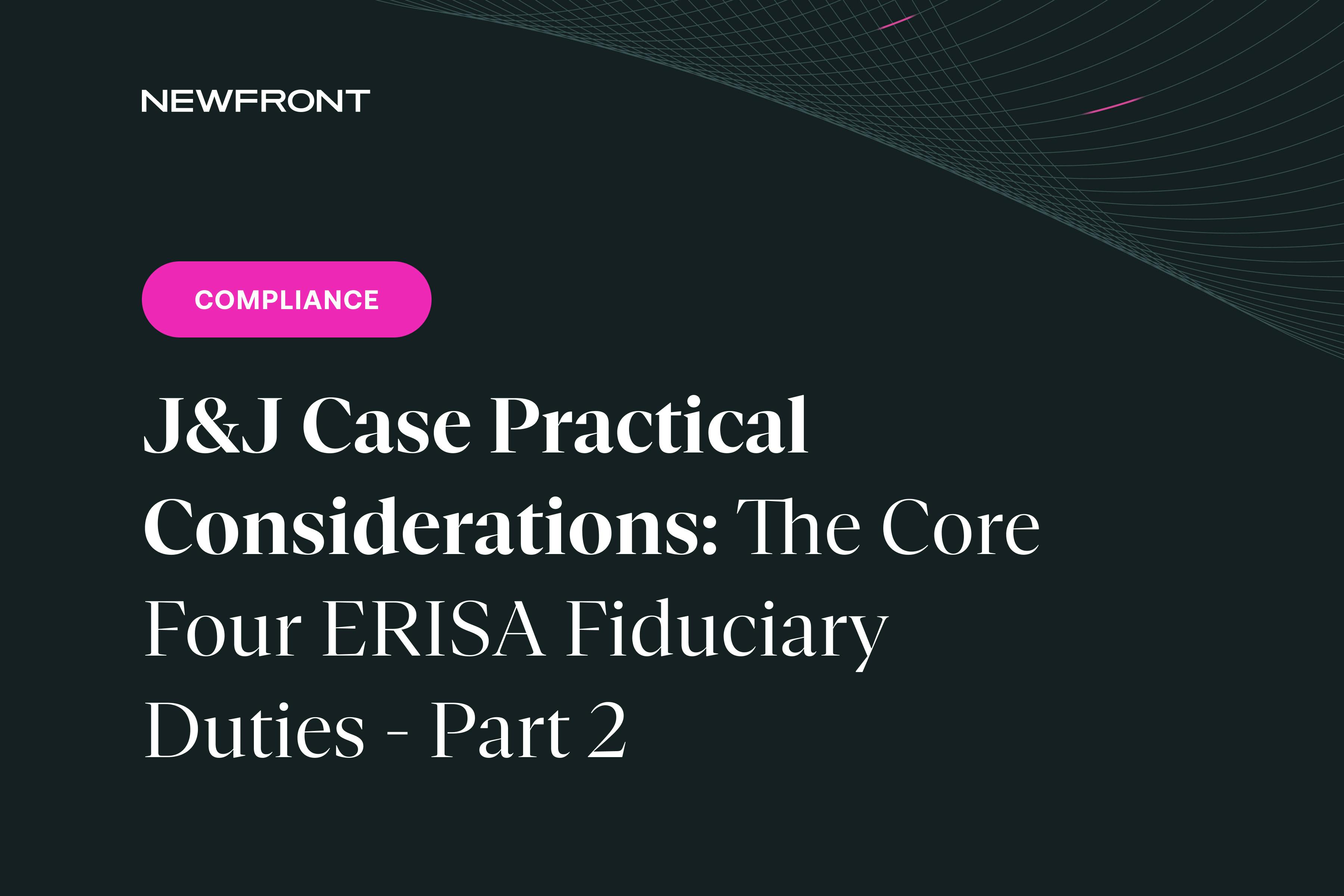Bay Area Commuter Benefits Program
By Brian Gilmore | Published February 2, 2018
Question: When does the Bay Area Commuter Benefits Program apply to employers? Which employers are excluded?
Compliance Team Response:
Employers Subject to the Program: 50+ Full-Time (30 Hours/Week) Employees in the Bay Area
The Bay Area Commuter Benefits Program applies to employers with 50 or more full-time employees working in the Bay Area (which is a defined set of counties under the jurisdiction of the Bay Area Air Quality Management District (BAAQMD)). Full-time is defined as averaging 30 hours per week for these purposes.
An “employee” is defined as follows: “Employee: Employee is defined as anyone who receives a federal W-2 form for income tax purposes.”
This means (other than the exceptions described below) all full-time (30 hours/week) common law employees of the employer who work in the Bay Area will apply toward the 50-employee threshold.
Excepted Categories of Employees
There are two main groups of excepted employees:
1) Seasonal and Temporary Employees:
These categories of employees do not count as full-time employees if they work fewer than 120 days per year.
2) Field Employees:
Employees whose primary job responsibilities are at temporary job site(s), and who do not report to the employee’s home office or other permanent location, are excluded because they don’t have a regular place of work to commute. This exclusion does not apply to an employee who reports to the main office to pick up an employer-provided vehicle for use in the field.
The BAAQMD has a special compliance advisory on field employees available here: http://www.baaqmd.gov/~/media/Files/Compliance%20and%20Enforcement/Advisories/Other%20Operations/FINAL%20commuter%20benefits-field%20employee.ashx?la=en.
When Does the Program Apply Upon Reaching 50 Full-Time Employees?
Two points:
The 50 full-time employee threshold is based on the average payroll headcount over the most recent three-month period; and
Employers who hit that 50 full-time employee threshold have six months to comply.
Covered Employees: 20 Hours Per Week
The company must offer the commuter benefit plan to all employees who work at least 20 hours per week.
Note that the 30 hours per week standard used to determine whether the employer is subject to this law does not apply in determining which employees must be offered the commuter benefit. Once the employer determines it is subject to the Program, only this 20 hours per week covered employee threshold is relevant.
The Program applies to all 20 hour/week common law employees. However, the same temporary, seasonal, and field employee exceptions described above apply here as well.
Potential Penalties
The potential penalties on the books can range from $1,000 to $10,000 per day depending on various factors. However, the BAAQMD takes a lighter stance in its guidance:
https://commuterbenefits.511.org/docs/faq.pdf
_Q: Are there any penalties for employers who do not participate in the Program? _
_A: The focus of the Program is to achieve voluntary compliance by employers by providing education and compliance assistance to employers. Free assistance is available to help employers comply with the Program. Click here. However, all employers that are subject to the Program are required to participate. If an employer refuses to comply, then the Air District can impose a financial penalty as authorized by the California Health and Safety Code. The penalty for failure to comply would be determined on a case-by-case basis, based upon factors that the Air District is required to consider pursuant to the California Health and Safety Code. _
Where are More Materials on the Bay Area Commuter Benefits Program?
Brief Two-Page Summary: http://assets.511.org/pdf/nextgen/commuter-benefits/Program_Overview.pdf
Full Overview: http://511.org/employers/commuter/overview
Employer Guide: http://assets.511.org/pdf/nextgen/commuter-benefits/Employer_Guide.pdf
FAQ: http://assets.511.org/pdf/nextgen/commuter-benefits/CBP_FAQ.pdf
We’ve copied a few relevant references below.
References:
http://assets.511.org/pdf/nextgen/commuter-benefits/CBP_FAQ.pdf
Q: Which employees are entitled to commuter benefits?
A: Employers must offer their commuter benefit to all “covered employees”. A covered employee is defined as an employee who worked an average of 20 or more hours per week within the previous calendar month. Seasonal or temporary employees who work less than 120 days per year, and “field employees” as defined below, are both excluded.
http://assets.511.org/pdf/nextgen/commuter-benefits/Employer_Guide.pdf
Covered Employee: A covered employee is anyone who works at least 20 hours per week, with the exception of a field employee as defined below. Employers subject to the Program (i.e., with at least 50 full-time employees in the San Francisco Bay Area) must provide a commuter benefit to all covered employees. (Note: An employer may choose to offer its commuter benefit to all employees, including those who work less than 20 hours per week.)
Seasonal/temporary employee: An employee who works 120 or fewer days per year. (Seasonal/ temporary employees who work 120 or fewer days per year are not covered by the Program, unless the employer voluntarily chooses to include them.)
14-1-210 Seasonal/Temporary Employee: An employee who works for the employer 120 days or less within the calendar year.
14-1-402 Determination of Employee Count: For purposes of determining applicability of this rule pursuant to Section 14-1-102, the number of full-time employees employed by an employer shall be determined by calculating the average number of employees per week carried on the payroll over the course of the most recent three-month period, consistent with guidelines issued by the APCO.
…
404.7 Employers who become subject to this rule at any time pursuant to Section 14-1-402 shall register with the APCO and comply with all requirements in this rule no later than six (6) months of becoming subject to this rule.

Brian Gilmore
Lead Benefits Counsel, VP, Newfront
Brian Gilmore is the Lead Benefits Counsel at Newfront. He assists clients on a wide variety of employee benefits compliance issues. The primary areas of his practice include ERISA, ACA, COBRA, HIPAA, Section 125 Cafeteria Plans, and 401(k) plans. Brian also presents regularly at trade events and in webinars on current hot topics in employee benefits law.
Connect on LinkedIn

